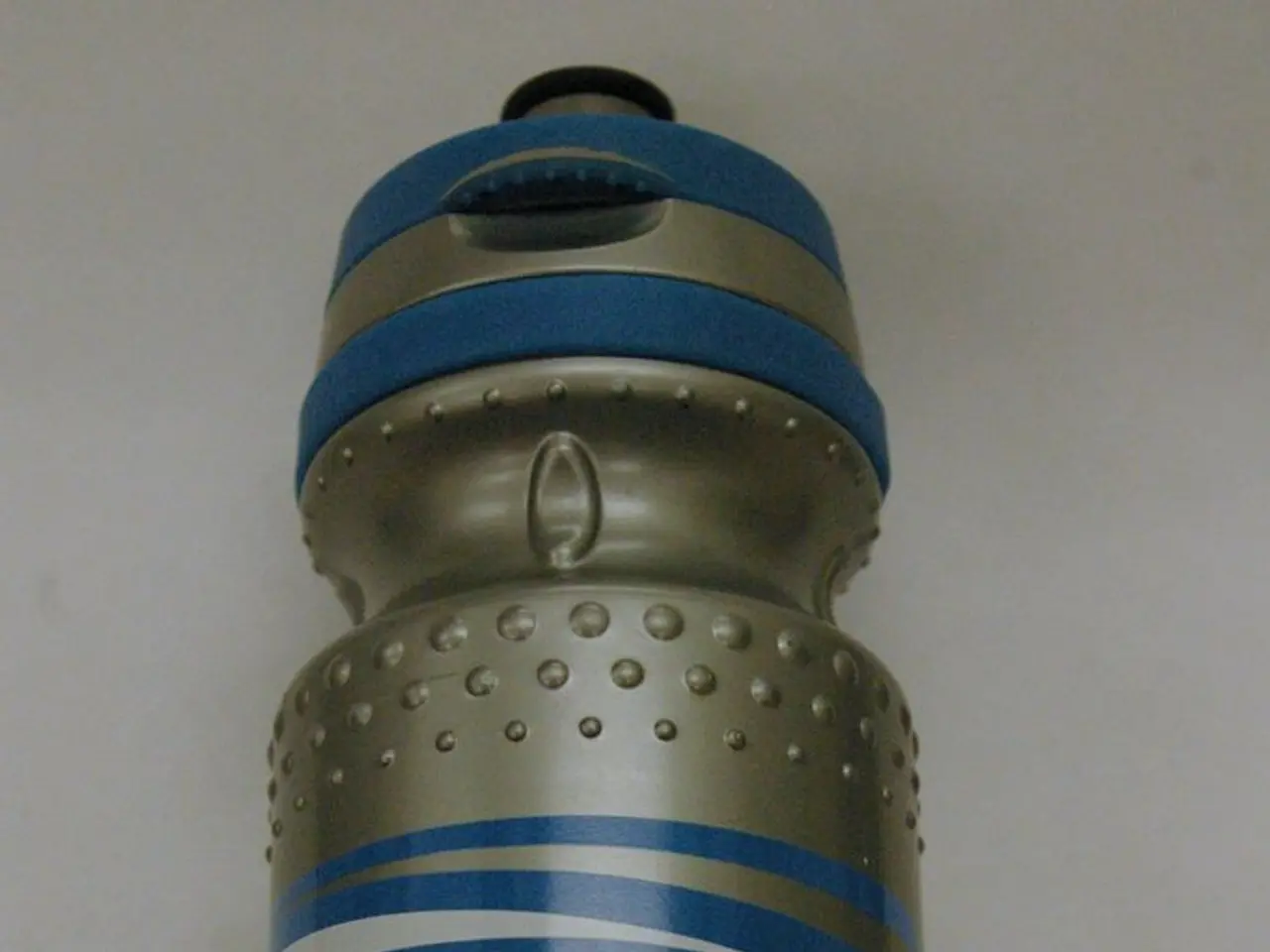Machine Learning Tool Aids Scientists in Forecasting Chemical Characteristics
In the realm of chemical research, a groundbreaking tool is making waves. Developed by the McGuire Research Group at MIT, ChemXploreML is a user-friendly desktop application designed to democratize and simplify the use of machine learning for molecular property prediction, particularly for chemists without programming skills.
The goal of ChemXploreML is to accelerate the search for new drugs and materials by making the screening process faster, cheaper, and more accessible. The application achieves this by automating the complex process of translating molecular structures into a numerical language that computers can understand, using powerful, built-in "molecular embedders".
One of the key features of ChemXploreML is its implementation of state-of-the-art machine learning algorithms. These algorithms analyze the numerical vectors generated by the molecular embedders to accurately predict molecular properties such as melting point, boiling point, vapor pressure, critical temperature, and critical pressure.
The application boasts an intuitive, interactive graphical interface that requires no deep programming background, making it accessible to a broad range of researchers. Moreover, ChemXploreML operates offline, helping to keep research data proprietary, and is designed to incorporate future machine learning techniques and algorithms seamlessly, ensuring it stays current with cutting-edge developments.
A novel, compact molecular representation method called VICGAE is used in ChemXploreML. This method maintains near-standard accuracy while being up to 10 times faster in processing, thus improving computational efficiency.
The benefits of ChemXploreML are far-reaching. By empowering chemists to apply machine learning directly, it fosters innovation in fields ranging from sustainable materials development to astrochemistry. In fact, the application was tested on five key molecular properties of organic compounds, achieving high accuracy scores of up to 93 percent for critical temperature.
The senior author of the article outlining this new technology is Class of 1943 Career Development Assistant Professor of Chemistry Brett McGuire. The lead author is Aravindh Nivas Marimuthu, a postdoc in the McGuire Group. The new technology is outlined in an article published recently in the Journal of Chemical Information and Modeling.
ChemXploreML is freely available, easy to download, and functional on mainstream platforms. It's a significant stride towards making advanced machine learning techniques accessible to a wider audience, thereby democratizing the use of machine learning in the chemical sciences.
- The McGuire Research Group at MIT has developed ChemXploreML, a user-friendly desktop application, which aims to democratize machine learning for molecular property prediction in chemical research.
- The application, ChemXploreML, is designed to accelerate the discovery of new drugs and materials, making the screening process faster, cheaper, and more accessible.
- ChemXploreML achieves this by automating the complex process of translating molecular structures into a numerical language that computers can understand, using powerful, built-in "molecular embedders".
- The application's key feature is its implementation of state-of-the-art machine learning algorithms, analyzing numerical vectors generated by the molecular embedders to accurately predict molecular properties such as melting point, boiling point, vapor pressure, critical temperature, and critical pressure.
- ChemXploreML is accessible to a broad range of researchers due to its intuitive, interactive graphical interface, requiring no deep programming background.
- The application is also designed to incorporate future machine learning techniques and algorithms seamlessly, ensuring it stays current with cutting-edge developments.
- A novel, compact molecular representation method called VICGAE is used in ChemXploreML, being up to 10 times faster in processing while maintaining near-standard accuracy, thereby improving computational efficiency.
- The benefits of ChemXploreML extend to various fields, including sustainable materials development, astrochemistry, and others, as it empowers chemists to apply machine learning directly, fostering innovation.




